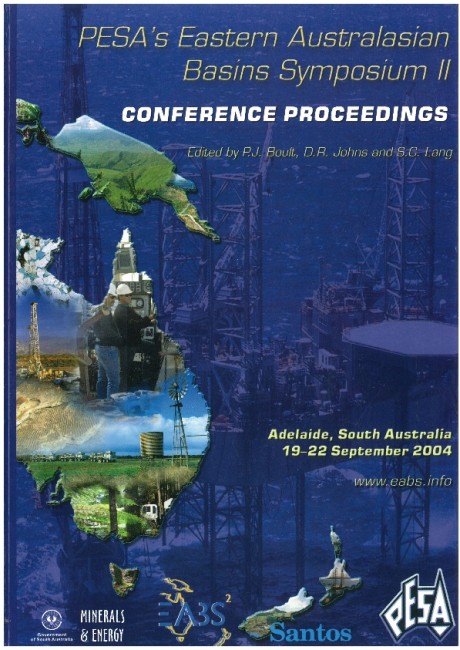Publication Name: PESA's Eastern Australasian Basin Symposium II
Authors: R. Boyd, K. Ruming, S. Davies, T. Payenberg and S. Lang
Date Published: December 2004
Number of Pages: 28
Reference Type: Book Section
Abstract:
Facies models built on a range of examples from modern and ancient sedimentary environments are often used as the basis for petroleum exploration and production strategies. Many of the examples have been traditionally drawn from Northern Hemisphere locations such as the Mississippi Delta. However, appropriate examples at impressive scales and with well developed characteristics can also be found in Australian locations. Such an example is the Fraser Island Hervey Bay area of southeast Queensland. In this region the range of high energy sedimentary processes includes waves, longshore currents, winds, tides, gravity transport and the East Australia Current all interacting at the subtropical interface between tropical and temperate biotas. The resulting sedimentary deposits include Fraser Island-the largest sandy barrier in the world-which contains over 200 km' of sand, Breaksea Spit and a range of inner shelf sand bodies, tropical and subtropical reefs of the Great Barrier Reef, the 4,800 km' Hervey Bay estuary connected to the 90 km long Great Sandy Strait with large tidal deltas at each end, and the low energy coastal deposits along the western side of Hervey Bay between the tide dominated Mary River delta and the wave dominated Burnett River delta. Hervey Bay represents a new category in the classification of south east Australian estuaries. This spectacular array of sedimentary features deservesinclusion in future facies models for coastal, estuarine and continental shelf environments.


